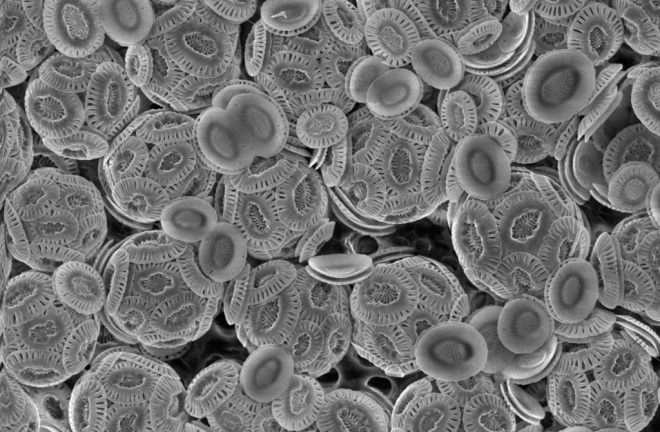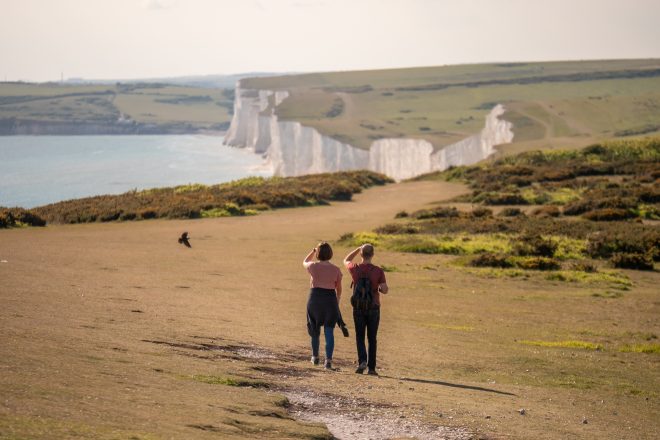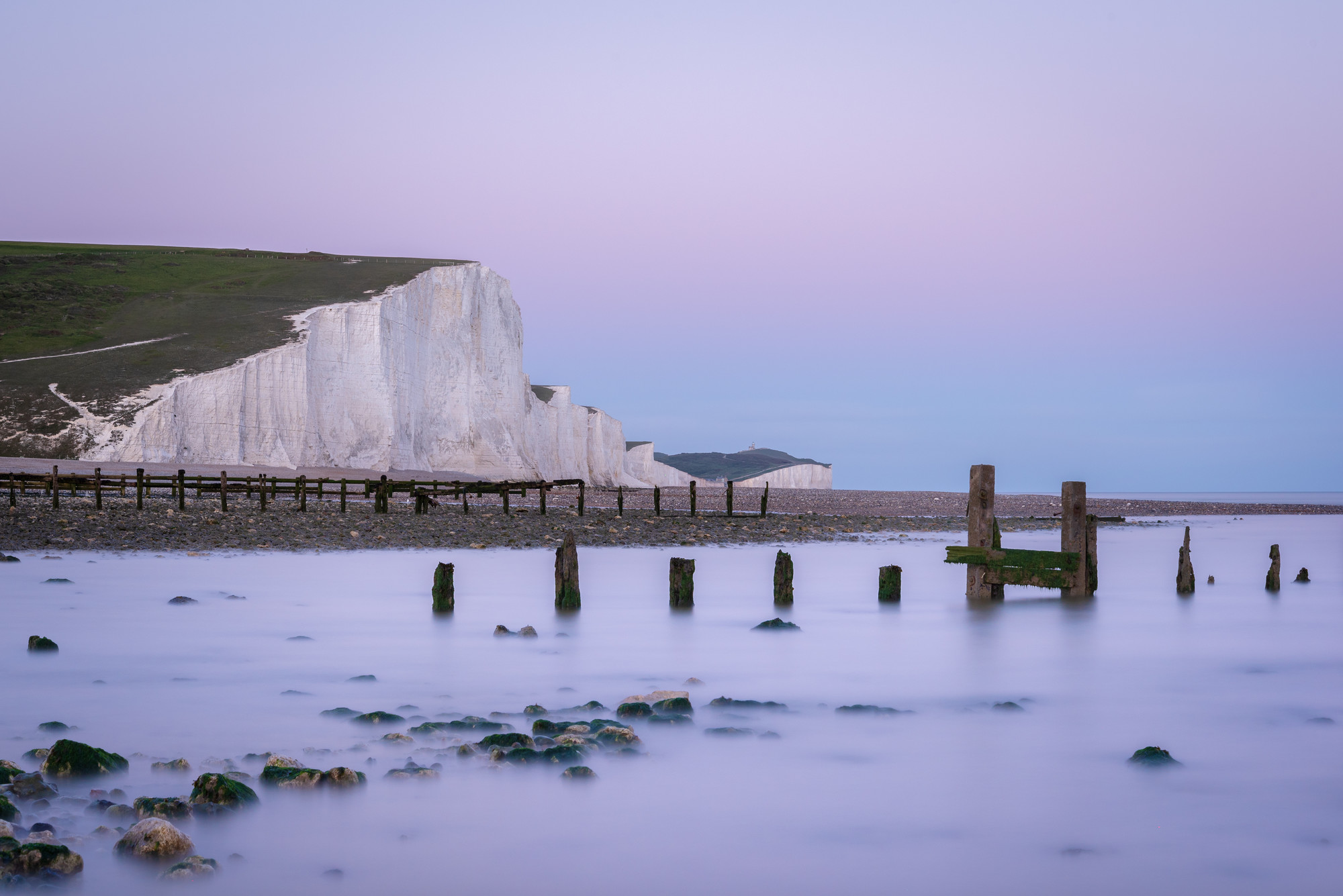The amazing geology of the South Downs – and why our cliffs are so unstable!
The National Park is known for its stunning white cliffs – a remnant of a huge chalk dome that rose up from the sea through powerful tectonic forces when the African plate crashed into Europe some 50m years ago.
Did you also know that the chalk is the remains of billions of microscopic marine organisms called coccoliths? Coccoliths are small, calcified scales made of calcium carbonate produced by coccolithophores, a form of algae.

When these creatures died, their skeletons sank down to the bottom of the ocean floor, forming a soft ooze. Over millions of years, this mush compacted and hardened – transforming living bones into white, crumbly rock!
All this leads to one conclusion – the chalk in the South Downs is very unstable!
As the weather improves and more visitors head to the coast, we’re urging people to stay well away from the edge of the cliffs.
The iconic white cliffs, which were most recently featured in the film Wicked, can actually give way at any time. Each year thousands of tonnes of chalk falls into sea along the coast from Eastbourne to Seaford Head, including at Seven Sisters Country Park which is run by the National Park Authority.
Despite the dangers, visitors regularly stand too close to the edge of the cliffs, or walk or sit at the cliff base when on the beach.
The awareness campaign is being led by the Cliff Safety Partnership, which includes local councils, attractions, the coastguard and the National Park Authority.
Councillor Claire Dowling, cabinet member at East Sussex County Council, said: “The cliffs contain many overhangs and cracks that visitors may not be able to see, as illustrated recently by a large crack in the chalk cliff near Belle Tout lighthouse. We want people to enjoy visiting the stunning East Sussex coast but to do so safely and urge them to stay back from the cliff edges and bases.”
Beach walkers are also reminded to check the tide times before heading out to make sure they are not cut off by the incoming tide, or forced to walk too close to the base of the cliffs to avoid the rising sea water.
You can find out more about coastal safety in the visitor centre at Seven Sisters Country Park and National Park staff are always on hand to answer any questions.
Visitors can check the tide times before setting out at www.tidetimes.org.uk
In case of an emergency, call 999.


